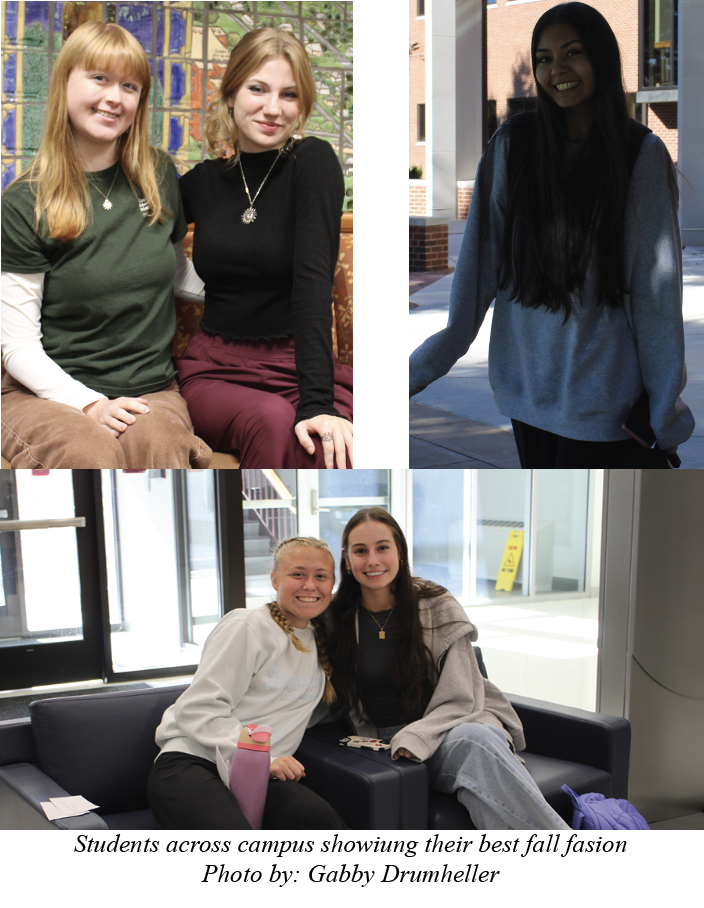The Man With No Fear
May 3, 2023
From cycling across the country to traversing the Grand Canyon, Jared Fenstermacher hasn’t let his disability keep him down.
Fenstermacher was cycling across the country in 2016 when he was struck by a car, leaving him unable to stand unsupported.
Despite his disability, nothing has stopped him from striving for his goal of hiking the Appalachian Trail.
Earning the trail name “No Fear” for his propensity for wearing a No Fear backpack before his injury, he spoke about adjusting to the trail. He made several precursor trips, realizing that finishing the trail was still a possibility.
He was successfully able to climb the trail with one person to reach McAfee Knob, an uphill hike of four miles, and the North Rim of the Grand Canyon.
He can hike the trail with the assistance of a Grit Freedom Chair, a manual mountain bike chair with handles that can be pumped to propel himself forward.
With the chair alone, he still cannot complete the trail by himself. He must have help. During one of his hikes, he had two people pull his chair forward, one person push from behind, and three people assist him. He reasons he needs six people to be able to handle the sheer brute force needed to maneuver him and his chair along the trail.
He had met these people through Facebook groups about the trail. Making strong connections and forming lifelong friends along his journey.
“I made a couple of friends that are up in the Connecticut area that have helped me before and are committed to helping me again,” Fenstermacher said.
However, there are people who doubt his ability to complete the trail, so the response to help can be small.
When asked if there was anything he was trying to prove with his endeavors, he first told the story about how last summer he had gone back to Sioux City, Iowa, and cycled to Ocean City, New Jersey, using hand cycles without his chair or any support vehicle, where he wanted to finish before the accident.
“The reason I’m saying that is that adaptation is what makes the challenge, and the more I do this, the more it proves to disabled people who go, ‘How are you gonna do it without the chair?’ I say watch me,” Jared said.
He elaborated, saying, “I’m mostly doing it for myself just because my number one bucket list item was to ride across the country unsupported, and I completed that I started where I left off, and doing the whole trail was my number two. It just so happens that it falls into place that I’m promoting adaptive hiking.”
The thing that keeps him going is his grandfather who died of cancer.
“He never lived with regrets,” Fenstermacher said. “I think a lot about him when I’m doing this stuff. The biggest thing is not letting the injury stop me from doing what I’m doing.”
When asked for his advice to people going through these hikes and to keep motivated, he said,
“Being in really good shape helps a lot, and you have to take things one day at a time. When you get one of these injuries, you have no idea the recovery you’re gonna make, and because you don’t know that you can’t look too far out.”

























